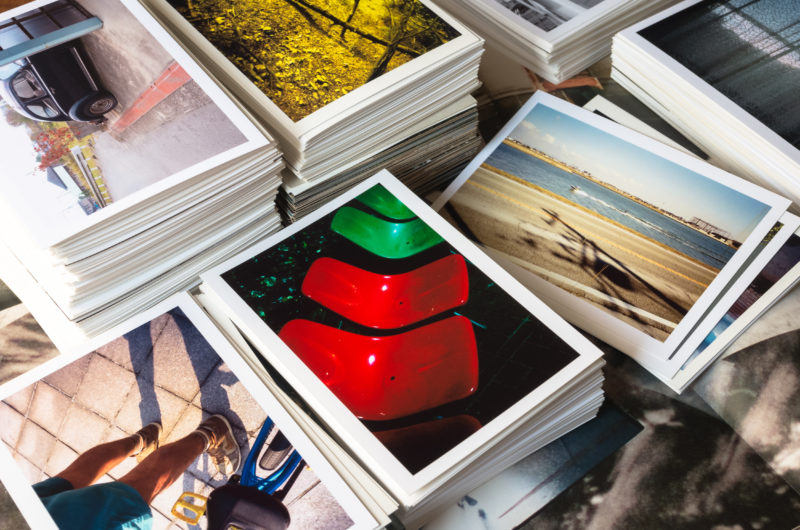There’s a lot fo be said for the human need to create. For those living with the burden of mental illness, the need for an artistic outlet has proven to be of even greater importance, as it can literally tackle the symptoms of anxiety, depression and even panic disorders, simply with the use of creative expression. The greatest therapy, so they say, comes from behind the camera, where you can really be in the present moment, switch off, and take refuge in a world of imagination.
Approximately one in four people in the UK will experience mental illness each year, with one in six reporting a common mental health problem. The numbers are rising, in the UK and beyond, with more and more people reaching out to their creative instincts to cope. So what is it about photography that has such therapeutic benefits?
Professional photographer Elizabeth Costello believes it has a Buddhist nature, encouraging you to slow down and be in the moment. “Taking the time to observe light, scenery, people, and animals is very mindful, you are in the present moment. You are not thinking of problems, work, the children, the car, you are simply present, giving yourself the freedom of creativity in that moment, a freedom that can create peace.” She said.
“Creative expression can connect you to a part of yourself long forgotten, or buried under day to day life, it allows you to express yourself without being constrained by words. And expressing yourself is a positive off-load. Taking a good photograph requires you to slow down. It leads you to observe, makes you aware of the moment, in photography terms Henri Cartier- Bresson called it “the decisive moment”.Putting things into focus.
There are countless apps around these days for ‘gratitude’, as so they say, choosing things to be grateful for, even when the going gets tough, promotes positive thinking that turns into a habit. Photography can help cultivate mindfulness and gratitude as the entire purpose of creating photos is based around appreciating something which is visually pleasing. Tapping into the power of perspective, of introspection, not surprisingly helps with your overall wellness when practised often.
Elizabeth added: “Depending on your subject matter, much can be gained. In wildlife photography patience is rewarded by a glimpse of perfect nature. With portrait photography it takes you out of yourself and into your subject’s world. The same is true of street photography, you are observing other people’s lives, perhaps feeling empathy.
“Landscape photography is to walk out into nature, to feel good, taking the time to stop, frame a picture, waiting until the light is just right.
All of these things can have a positive effect on your mood. A friend of mine said it helped him focus his negativity and anxiety into the process, while providing himself with the protection of the camera.
“Henry Miller said ‘develop an interest in life as you see it; in people, things, literature, music- the world is so rich, throbbing with rich treasures, beautiful souls and interesting people. Forget yourself.’ – and guess what? It does get you outside. Outside of your house and outside of your head.”
Picking up the camera for the first time
You don’t need to be a professional or even skilled photographer to reap the huge benefits of photography. While it’s true that the majority of us carry cameras in our pockets in the age of the smartphone, there is a lot more to be gained from getting a real camera and some beginner equipment, you might find yourself very surprised by how quick you pick up the basics. Be sure to get yourself a hard camera case to go with whatever device you choose, especially if you are planning on taking on outdoor photography in damp weather.
If you’d like guidance on where to start Expert Photography published a complete beginners guide which will help you get set up.



